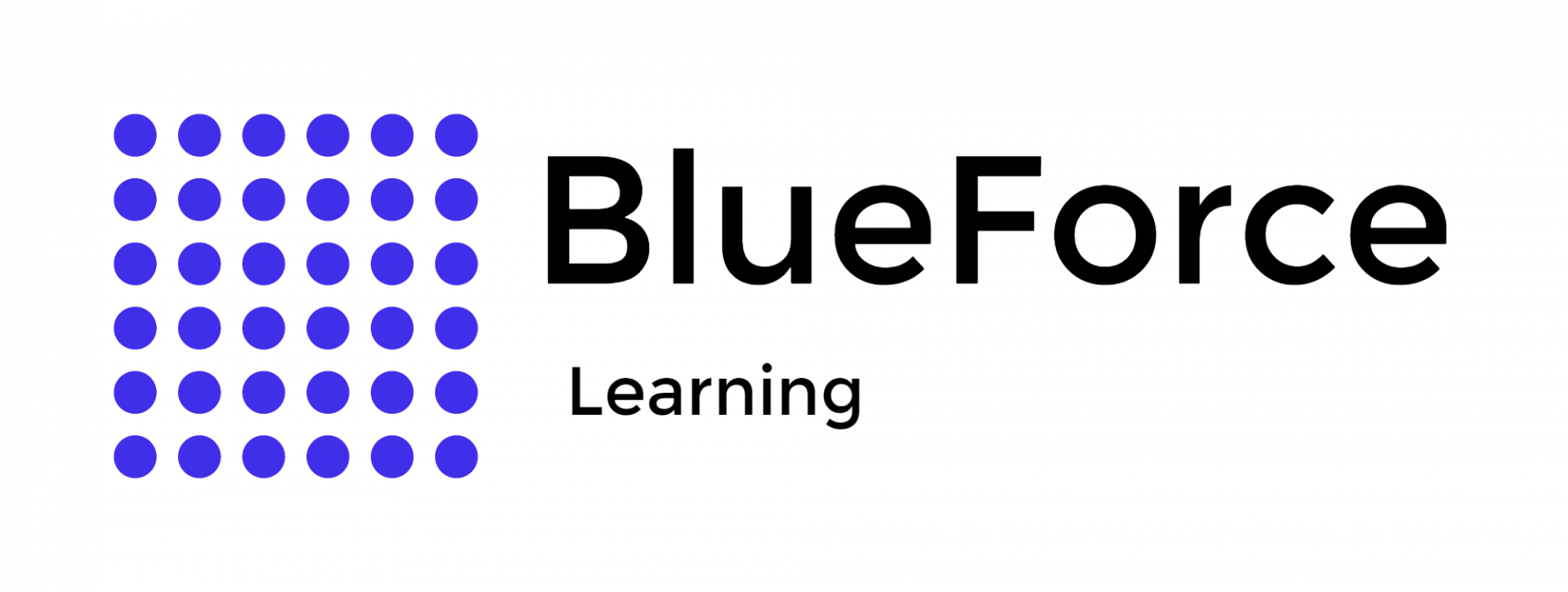The increasing reliance on location-based services has significantly changed how law enforcement addresses unsolved crimes. Once limited by the absence of physical evidence or unwilling witnesses, cold case investigations are now revitalized through access to historical geolocation records. By examining movements, patterns, and associations preserved through mobile devices, investigators can access new leads in cases that may have remained dormant for decades.
Instead of relying entirely on witness statements or surveillance footage, geolocation data supports investigations in several ways, offering a more comprehensive understanding of suspect movements and behaviors. With historical location data, law enforcement officers can
track suspect movements during specific time frames to confirm or rule out involvement.
As per the
National Institute of Justice (NIJ) report, geolocation data played a critical role in reopening multiple cold cases studied over five years. Traditional evidence, such as eyewitness accounts or physical clues, often loses reliability when a case remains unresolved for years. However, location data captured through cell towers, GPS, Wi-Fi signals, and applications has the potential to reintroduce factual, time-stamped information into the investigative process.
These digital footprints can clarify where a person was at a given time, which individuals were nearby, and even how long they stayed at a location. In cold case investigations, historical geolocation evidence allows detectives to reframe timelines and challenge or verify prior testimonies. It also helps establish previously unnoticed patterns, such as repetitive visits to secluded areas or suspicious proximity to crime scenes.
This data also helps analyze behavior patterns to identify criminal associates or predict future crimes. It optimizes surveillance by strategically deploying resources based on suspects’ habits. Lastly, cross-referencing to other data, such as banking or social media, gives a complete picture of criminal networks.
The process of matching historical geolocation information with crime scene timelines demands precision. Investigators identify devices or individuals linked to the crime through call records, social media activity, or surveillance footage. From there, forensic analysts work to obtain location data from telecom providers, application logs, or cloud backups.
Once acquired, the data is plotted against a timeline of the crime. Analysts may use specialized software to compare the geolocation trail with known events. For example, if a victim disappeared at 8:00 PM near a specific location, analysts can check which devices were active in that vicinity at that time. Cross-referencing this with phone logs or license plate readers can further narrow suspects or witnesses.
Another approach involves
geofencing. In this method, analysts define a virtual perimeter around a crime scene and search for devices that entered or exited that area during specific time windows. These devices can then be traced backward or forward to uncover patterns or locations relevant to the case.
For effective geofencing, law enforcement departments often use geofence warrants. A
geofence warrant is a search warrant issued by a court that allows law enforcement to access data from a private company, such as a mobile network provider, to identify which devices were present within a specific geofenced area during a particular period of time.
This type of warrant is often used when law enforcement tries to identify suspects without knowing their identities beforehand. Geofence warrants are considered a "
reverse warrant" type because they start with a location and time and then work backward to identify individuals.
Geolocation data serves as a powerful resource, offering law enforcement valuable insights into solving cold cases. Here are some examples of how Geolocation evidence has led to major breakthroughs in several longstanding investigations.
In a more direct use of location data,
the murder of Pamela Butler in Washington, D.C. was revisited nearly a decade later. Investigators utilized historic phone records and geolocation information to place the prime suspect, Jose Angel Rodriguez-Cruz, at her home on the night she disappeared. The analysis contradicted his previous claims and became a cornerstone of the evidence that ultimately led to his arrest and confession.
Another success story involves the
murder of Samantha Koenig, a barista from Alaska. In this case, the movements of her abductor, Israel Keyes, were traced through ATM withdrawals and associated location data across multiple states. Authorities reconstructed his path using a combination of ATM timestamps, surveillance footage, and travel data from rental car services. This led to his apprehension and confession, solving not only her case but also connecting him to other unsolved crimes.
As mobile devices and connected technologies continue to generate high-volume data trails, investigators have a growing set of tools to reexamine unsolved crimes. Historical geolocation evidence supports a data-backed approach, helping to clarify timelines, identify possible suspects, and corroborate or challenge previous testimonies. For those working in law enforcement or digital forensics, gaining a deeper understanding of geofence warrants and location-based data analysis can directly impact the outcomes of cold case investigations.
BlueForce Learning offers you an opportunity to sharpen your location data analysis skills and solve challenging crimes efficiently. Our Geofence Warrant Training Courses explain how these warrants function and how you can apply them to extract location-based leads.
Enroll today to build critical expertise in location analysis techniques designed for complex investigations.
What is historical geolocation data?
Historical geolocation data refers to location information collected from devices like smartphones over time. This includes data from GPS, cell towers, Wi-Fi networks, and app usage, which can be retrieved to analyze a person’s past movements.
What types of crimes can be solved using geolocation data?
Geolocation data has been used to solve murders, abductions, and other serious crimes. It is particularly effective in cold cases where traditional evidence is lacking or outdated.
Can location data from apps be used as legal evidence?
Yes, app-based location data, such as from Google Maps, ride-share services, or social media, can be obtained with the proper legal process and used as admissible evidence in criminal investigations.


